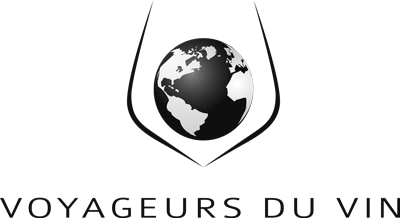Region and Vineyards
The Settlement Vineyard is situated in the Omaka Valley within Marlborough’s Southern Valleys region, a prime area for Pinot Noir. This vineyard sits on a north-facing hillside block known as the "Back Block," spanning just one hectare and is planted with Clone 777, a Dijon clone known for its perfumed character and naturally small bunches. The vineyard was established in 2009 and is now Bio-Gro certified and organically farmed. The soil composition is unique, consisting of wind-blown loess over low-vigour clay loams, which restricts vine vigour, thereby enhancing fruit concentration. High-density planting at 3,788 vines per hectare contributes to low yields and excellent flavor intensity, while cane pruning and VSP training are employed to maintain vine health and balance.
This vintage was marked by a warm spring and above-average rainfall, setting the season off to an excellent start. The summer brought drought conditions, but moderate temperatures allowed the vines to thrive without excessive stress, leading to Pinot Noir grapes that were clean and full of pure, concentrated flavors.
Winemaking
The Blank Canvas Settlement Vineyard Pinot Noir is crafted with precision to capture the essence of the Omaka Valley and the purity of the Pinot Noir grape. Made entirely from Clone 777 Pinot Noir, a Dijon clone prized for its aromatic intensity and naturally small berry size, the grapes are hand-harvested to ensure optimal quality. To enhance the complexity of the wine, winemakers employ a blend of whole clusters and destemmed berries in the fermenter. Approximately two-thirds of the harvest remains as whole clusters, while the remainder is destemmed and gently crushed on top. This technique encourages a layered extraction, creating both structure and elegance.
Fermentation occurs in open-top fermenters with a cool soak to retain the grape’s fresh aromatics. The natural fermentation is carefully monitored, with gentle hand plunging throughout the process to balance tannin extraction while preserving fruit purity. After fermentation, the wine is transferred to 100% French oak barriques, with 35% new low-toast barrels selected to impart subtle oak influence without overwhelming the delicate Pinot Noir profile. The wine is aged in oak for 12 months, followed by an additional three months in stainless steel tanks for a natural settling, promoting a refined texture. Finally, the wine is bottled unfiltered, preserving its depth and genuine expression of the unique Settlement Vineyard terroir.
Tasting Notes
- Color: Deep ruby, with vivid highlights that suggest youth and concentration.
- Aroma: A beautiful bouquet of ripe blue and red fruits mingled with earthy undertones of forest floor and aromatic sappy spices.
- Palate: The wine is structured with a dense, velvety texture, showing impressive depth. Layers of fruit transition seamlessly into savory, earthy notes, underscored by a spicy complexity and hints of minerality. The finish is long, with balanced acidity and tannins that promise excellent aging potential.
Did You Know?
The Blank Canvas project is a collaboration between Matt Thomson, an award-winning winemaking consultant, and Sophie Parker-Thomson, a Master of Wine. Together, they bring over 40 years of collective experience, focusing on sustainable vineyard practices and small-batch wines. The name “Blank Canvas” reflects their philosophy of crafting wines that are both scientifically precise and artistically expressive, capturing the essence of New Zealand’s unique terroirs.
Wine Pairing Ideas
- Duck confit with cherry sauce: The wine’s red fruit and earthy notes pair harmoniously with the rich, savory flavors of duck and the sweetness of cherry.
- Wild mushroom risotto: The earthy forest floor elements in the wine complement the umami flavors of wild mushrooms, creating a complex and satisfying pairing.
- Grilled lamb chops with rosemary: The wine’s structure and spice notes enhance the robust flavors of lamb, with rosemary accentuating the wine’s aromatic complexity.
- Charcuterie board: A selection of cured meats, including prosciutto and salami, works well with the wine’s savory character, while aged cheeses bring out its depth and tannins.
